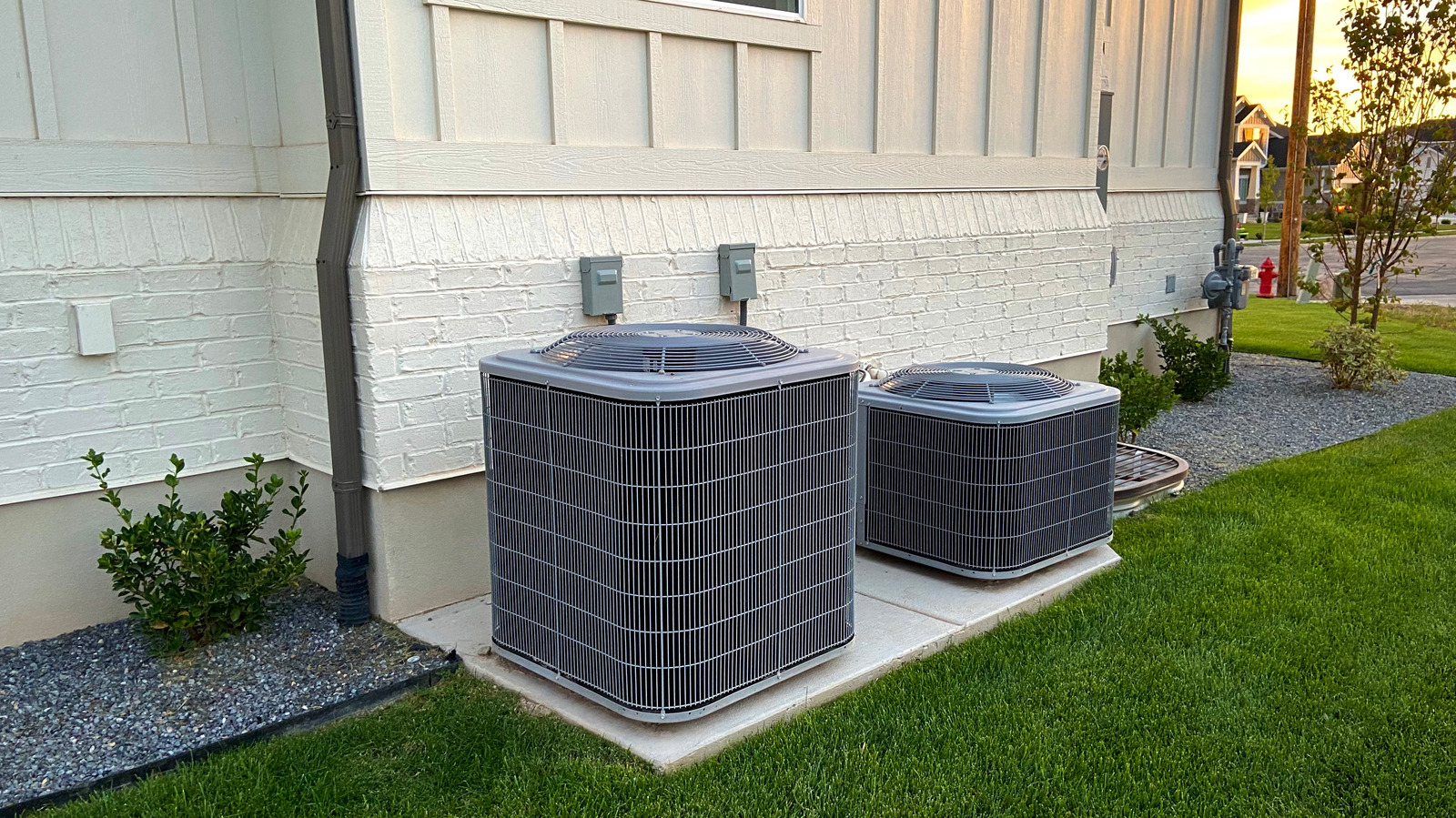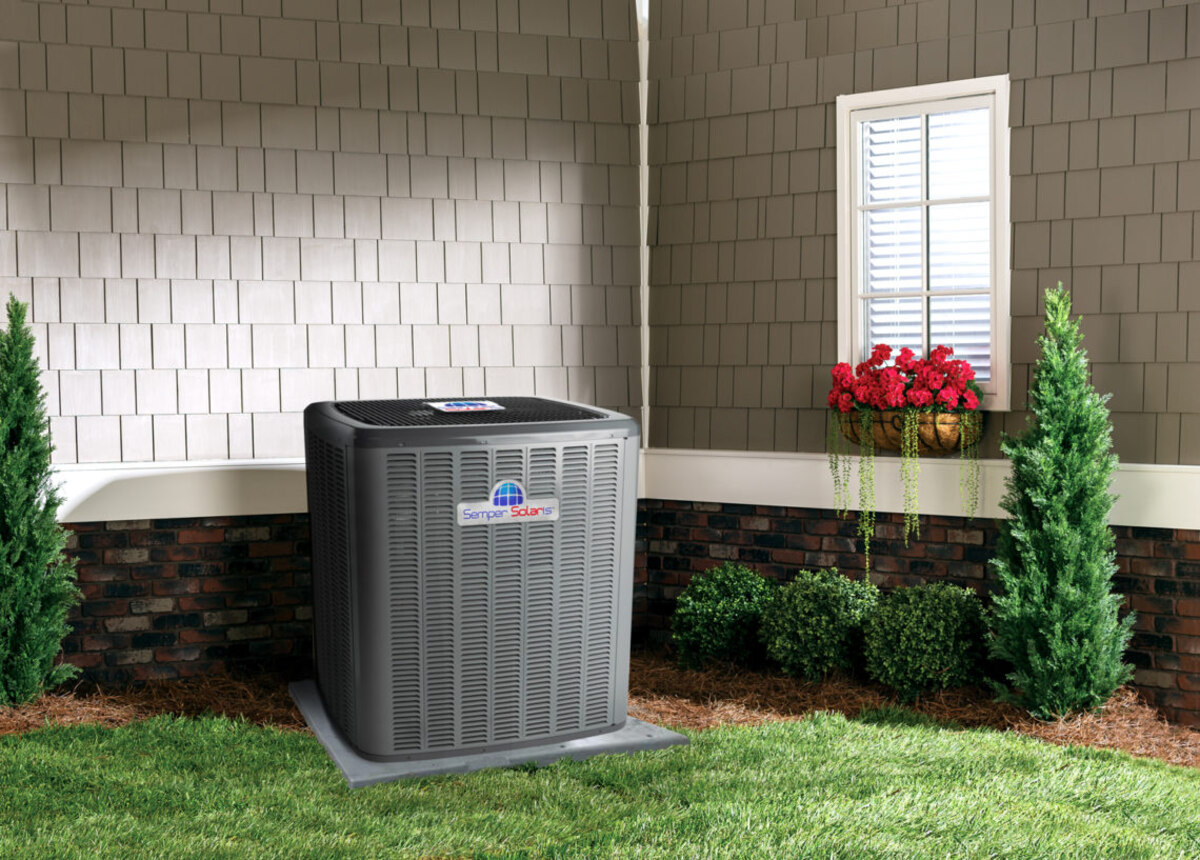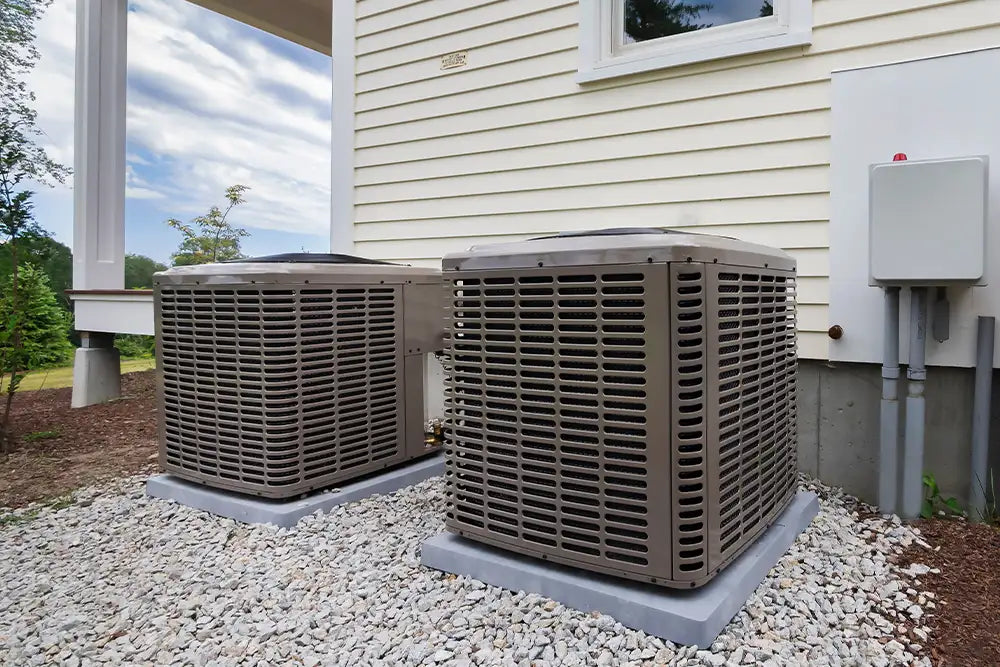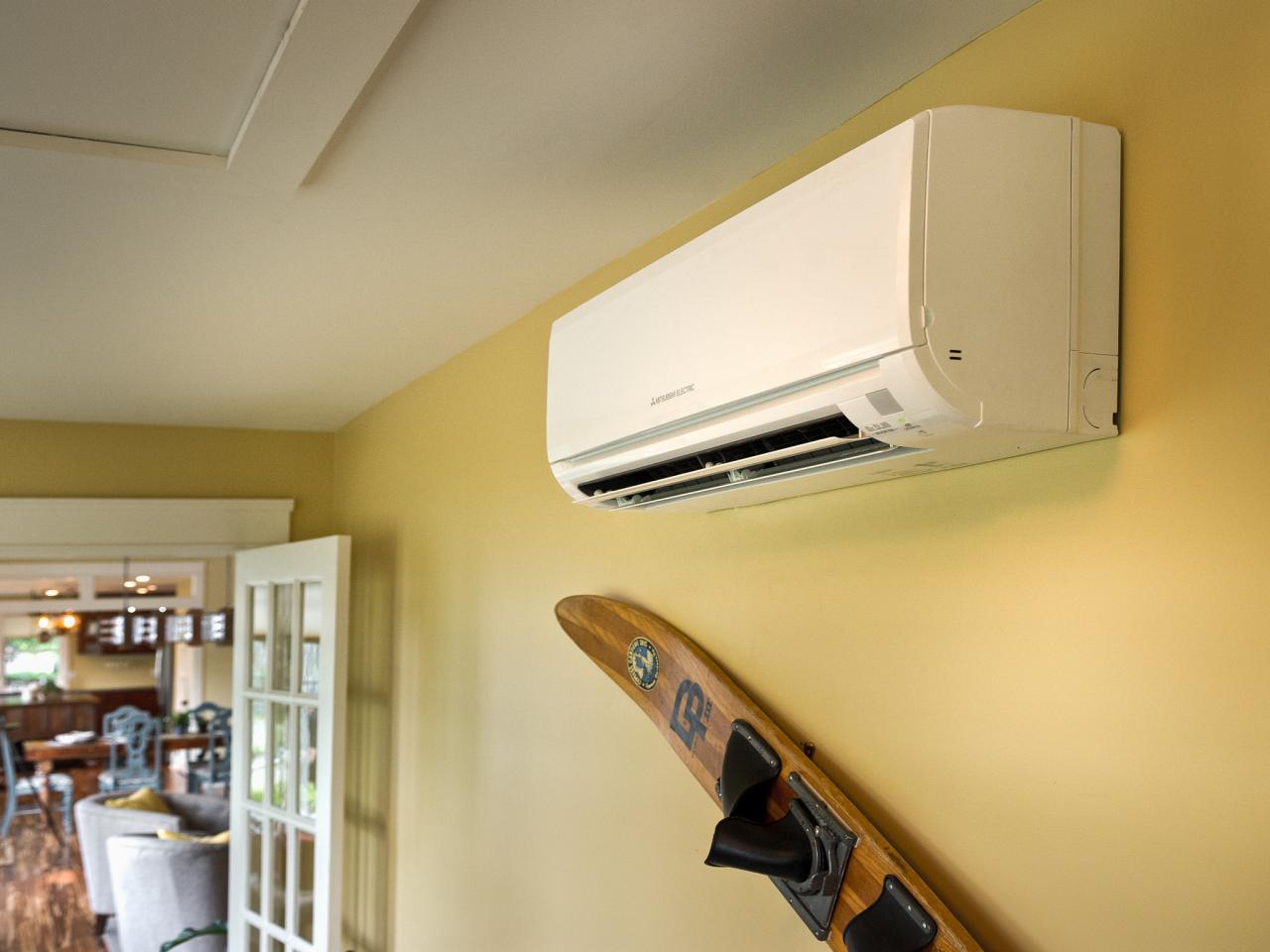How Much Is A Home Air Conditioning Unit
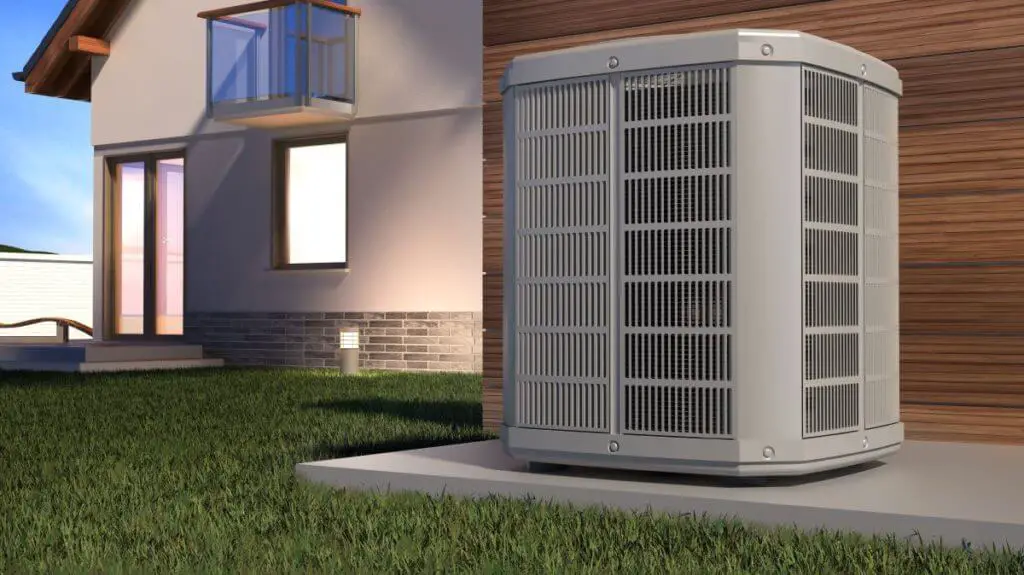
Understanding the costs associated with a home air conditioning unit is crucial, whether you're a homeowner replacing an old system, an HVAC technician advising clients, or a facility manager overseeing multiple properties. The price tag extends beyond the initial purchase; it includes installation, ongoing maintenance, and operational expenses. This article delves into the various factors influencing the cost of AC units, providing a comprehensive overview for informed decision-making.
Factors Influencing Air Conditioning Unit Costs
Several variables contribute to the final price of an air conditioning unit. Ignoring these factors can lead to inaccurate budgeting and potential surprises down the road.
Type of Air Conditioning System
The most significant cost driver is the type of system you choose. Here's a breakdown of common types:
- Central Air Conditioning: These systems use a network of ducts to distribute cooled air throughout the entire house. They consist of an outdoor condenser unit and an indoor evaporator coil, usually integrated with a furnace. Central AC offers consistent cooling and is a popular choice for homes with existing ductwork. Expect to pay between $3,000 and $7,000 for the unit itself, plus installation costs.
- Ductless Mini-Split Systems: These systems are ideal for homes without existing ductwork or for targeting specific rooms. They consist of an outdoor unit connected to one or more indoor air handlers. Mini-splits are energy-efficient and offer zoning capabilities. Prices range from $2,000 to $8,000 per zone, installed.
- Window Air Conditioners: These are the most affordable option for cooling a single room. They are self-contained units that fit into a window. Window units are relatively inexpensive, costing between $100 and $500 per unit. However, they are less energy-efficient and less powerful than other types of AC systems.
- Portable Air Conditioners: Similar to window units, portable ACs are designed to cool single rooms. They are mounted on wheels and vent hot air through a window using a hose. Portable ACs offer flexibility but are generally less efficient and more expensive than window units. Expect to pay between $300 and $800.
- Geothermal Heat Pumps: While technically heat pumps that can both heat and cool, geothermal systems are the most energy-efficient option. They use the earth's constant temperature to regulate indoor temperatures. Installation is expensive, ranging from $20,000 to $45,000, but the long-term energy savings can be substantial.
Real-world example: A homeowner replacing a 20-year-old central AC system with a new, high-efficiency model can expect to see significant savings on their energy bills over the system's lifespan, potentially offsetting the higher initial cost.
SEER Rating (Seasonal Energy Efficiency Ratio)
The SEER rating measures the cooling efficiency of an air conditioner. A higher SEER rating indicates greater energy efficiency and lower operating costs. The minimum SEER rating currently mandated by the U.S. Department of Energy is 14 in most regions. However, systems with SEER ratings of 16 or higher are increasingly common and offer significant energy savings. The higher the SEER, the higher the upfront cost, but the lower your monthly energy bills.
For instance, a 13 SEER unit might cost $3,000, while a 20 SEER unit of the same capacity could cost $5,000 or more. While the initial investment is higher, the long-term energy savings can justify the expense, especially in hot climates.
Size and Capacity (BTUs)
The size or cooling capacity of an air conditioner is measured in BTUs (British Thermal Units). The appropriate BTU rating depends on the size of the area you need to cool. An undersized unit will struggle to maintain a comfortable temperature, while an oversized unit will cycle on and off frequently, leading to energy waste and poor dehumidification. A professional HVAC technician can perform a load calculation to determine the correct BTU rating for your home.
As a general guideline:
- 100-300 square feet: 5,000-6,000 BTUs
- 300-500 square feet: 7,000-10,000 BTUs
- 500-1,000 square feet: 10,000-18,000 BTUs
- 1,000-1,600 square feet: 18,000-24,000 BTUs
- 1,600-2,000 square feet: 24,000-30,000 BTUs
Larger capacity units generally cost more than smaller ones. A 3-ton (36,000 BTU) unit will be more expensive than a 2-ton (24,000 BTU) unit, all other factors being equal.
Brand and Features
Reputable brands like Carrier, Trane, Lennox, and Rheem often command a premium price due to their quality, reliability, and advanced features. These features can include variable-speed compressors, smart thermostats, and enhanced filtration systems. While these features add to the cost, they can also improve energy efficiency, comfort, and indoor air quality.
Generic or lesser-known brands may offer lower prices, but it's crucial to consider their long-term reliability and the availability of replacement parts.
Installation Costs
Installation costs can vary significantly depending on the complexity of the job. Factors that influence installation costs include:
- Existing Ductwork: If your home already has ductwork in good condition, the installation will be simpler and less expensive. If new ductwork is required, the cost can increase significantly.
- Electrical Work: Upgrading the electrical panel or running new wiring may be necessary to accommodate the new AC unit.
- Accessibility: Difficult access to the installation site can increase labor costs.
- Permits and Inspections: Local building codes may require permits and inspections, which add to the overall cost.
As a general rule, installation costs can range from $1,000 to $3,000 for a central AC system. Ductless mini-split installations may be slightly higher per zone.
Additional Costs to Consider
Beyond the initial purchase and installation, several other costs are associated with owning and operating an air conditioning unit.
Energy Consumption
Your energy bills will be affected by the efficiency of your AC unit and how frequently you use it. Choosing a high-efficiency system and using a programmable thermostat can help minimize energy consumption.
For instance, upgrading from a 10 SEER unit to a 16 SEER unit can reduce your cooling costs by 37%.
Maintenance and Repairs
Regular maintenance is essential to keep your AC unit running efficiently and prevent costly repairs. This includes cleaning or replacing air filters, cleaning the condenser coils, and inspecting the refrigerant levels. A professional HVAC technician should perform annual maintenance checks.
Repair costs can vary depending on the nature of the problem. Minor repairs, such as replacing a capacitor, may cost a few hundred dollars, while major repairs, such as replacing the compressor, can cost thousands.
Lifespan and Replacement
The lifespan of an air conditioning unit typically ranges from 10 to 15 years. Proper maintenance can extend the lifespan of your system. When your AC unit reaches the end of its lifespan, it will need to be replaced. Budgeting for replacement costs is an important aspect of long-term homeownership.
Cost Comparison Table (Estimates)
| Type of System | Unit Cost | Installation Cost | Lifespan |
|---|---|---|---|
| Central Air Conditioning | $3,000 - $7,000 | $1,000 - $3,000 | 12-15 years |
| Ductless Mini-Split (per zone) | $2,000 - $8,000 | $500 - $1,500 | 15-20 years |
| Window Air Conditioner | $100 - $500 | DIY | 5-10 years |
| Portable Air Conditioner | $300 - $800 | DIY | 5-10 years |
| Geothermal Heat Pump | $20,000 - $45,000 | Varies | 20-25 years |
Note: These are just estimates. Actual costs may vary depending on your location, the specific brand and model of the AC unit, and the complexity of the installation.
Making an Informed Decision
Choosing the right air conditioning unit involves considering various factors, including your budget, the size of your home, your energy efficiency goals, and your climate. It's essential to get quotes from multiple HVAC contractors and compare their prices and recommendations.
Tips for saving money:
- Get multiple quotes: Don't settle for the first quote you receive. Shop around and compare prices from different contractors.
- Take advantage of rebates and incentives: Many utility companies and government agencies offer rebates and incentives for installing energy-efficient AC systems.
- Consider a smart thermostat: A smart thermostat can help you save energy by automatically adjusting the temperature based on your schedule.
- Proper maintenance: Regular maintenance can extend the lifespan of your AC unit and prevent costly repairs.
Ultimately, the best air conditioning unit for your home is one that meets your needs and fits your budget while providing reliable and efficient cooling for years to come. Don't hesitate to consult with a qualified HVAC professional to discuss your options and make an informed decision.
